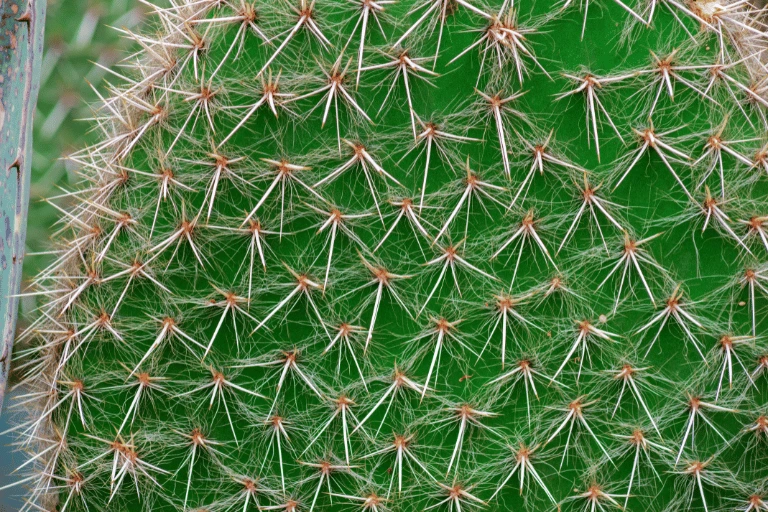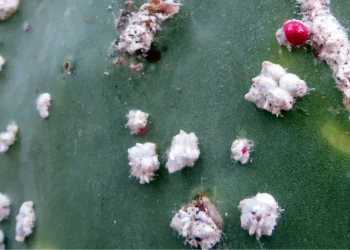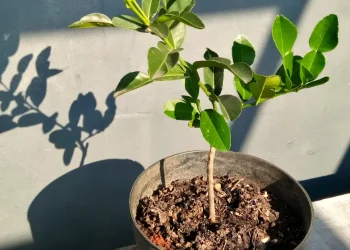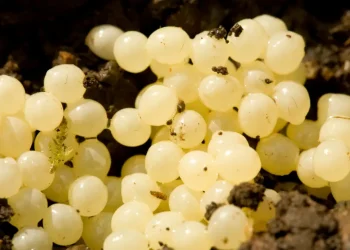Apart from being a proud plant lover, I also own a cat who really likes to sniff around all plants in my home. She doesn’t even stop before a cactus. This worried me because my cacti have big thorns. So it got me thinking. Can you trim cactus needles? Ideally, in a way that will not kill the cactus?
In cacti’s natural environment, their spines and thorns protect them from predators and help reduce water loss. But when you got a cactus at your house, it doesn’t need those anymore. And with that, we can cut back on some of the negative aspects that come along. Especially if the cactus get sick, we can cut away the affected part and speed up the healing process.
In this article, I will give you a step-by-step process of trimming your cactus without killing it and check whether or not it’s a good idea to cut the spines off.
Can you Trim Cactus Needles?
On one hand, removing the spines won’t necessarily hurt the cactus itself. After all, the spines are technically dead leaves and not necessary for the plant. On the other hand, they serve a vital purpose of protecting the plant from predators and environmental stress. So you should only consider doing it if you keep the cactus inside your home.
But even then, trimming the needles of a cactus can open the way for more issues.
Firstly, the needles shade the cactus from direct sunlight and thus prevent sunburn. And secondly, by opening the areoles, you allow bacteria and infection to enter. Which can, ultimately, kill your cactus.
But there is a better alternative to significantly reduce the potential for injury without harming the plant if that’s your goal. And we’ll also take a look at how to prune a cactus the right way if you are here to make it look better and grow healthier.
How to Cut Cactus Needles
Let’s first take a look at the needles. If you have a cactus or other succulent on a spot where there is a potential for someone to be injured by sharp spines, you can cut the needles just a bit to reduce this risk, while the spines won’t lose their benefits.
As mentioned before, spines protect cacti from hungry animals and pests and provide shade from the hot sun, wind, and moisture retention.
For this, I use a pair of garden shears. Make sure they are very sharp. We need a clean cut without causing damage to the plant. Then simply clip the sharp tip of the spines. This time you don’t want to cut under an angle, but as straight as possible to not make the needles even sharper.
How to Trim a Cactus without Killing it
Trimming a cactus requires the right tools to avoid as many negative impacts as possible. You should prepare a clean, sharp knife or scissors and put on sturdy gloves, you don’t want your hand to be covered all in thorns. If your cactus is too big to prune with a knife, you can use a handsaw.
Now it’s time to remove the problematic part. If the pad is extra dry, you might not even need a tool, and it will snap right off.
In other cases, make sure to cut at the branch point and never at the main stem. When trimming, make clean cuts at an angle, avoiding tearing or crushing the plant’s tissue.
Before the trim point starts regrowing, there might be a sap coming out. That’s completely natural, don’t be scared. The point will shortly seal itself.
When it’s time to Prune a Cactus?
While cacti generally require minimal pruning, there are some signs that indicate it’s time to give your plant a trim.
One common reason for trimming is to remove damaged or dead branches. This will help with the overall health of the plant as well as improve its aesthetics.
Dead branches can be a breeding ground for pests and diseases that can quickly spread to the rest of the cactus. Additionally, even though the dead branches don’t photosynthesis anymore, they still can drain the plant’s resources,
A second common reason for pruning your cactus is structural concerns. If the little voice in your head tells you that your cactus is too tall or otherwise out of proportion, it may be the right time to give it a haircut.
Can you Cut a Cactus to Grow a New One?
Cacti are actually also capable of asexual reproduction. That means that they can reproduce without being pollinated.
If your cactus is simply growing too big, you can carefully cut it and plant the cutting part over to another pot, and before you know it, one cactus turns into two.
Cacti developed to thrive in harsh environments. A new cactus can grow from a fallen branch or even on another cactus. That’s called grafting, and the results sometimes look very funny.
Will the Trimmed Cactus Branch Always Regrow?
Cacti, apart from being able to grow almost everywhere, are also very resilient plants that can recover from all sorts of injuries, including cutting.
However, the success of regrowth will depend on whether the cut was made currently and at the right time of year. And most importantly, the cactus will now need your careful care more than ever.
It also depends on the specie of the cactus. Some species of cacti may more likely regrow from a cut than others, and some don’t have this superpower at all.
For optimal growth after trimming your cactus, make sure it has enough ample sunlight during the day and make sure the soil is not too wet or too dry. You can check my article in which I checked on one of the common cactus issue – Orange or Rusty spots. Which also covers the importance of the right watering schedule.
Bottom Line
A cactus is not a typical plant that you would trim every year or at all. But sometimes, the situation just calls for it.
This can not only make your cacti look prettier and healthier but also support their growth. Grab a pair of your favorite gardening gloves and sharp pruners or a basic kitchen knife and get to work.
Additionally, with the help of garden shears, you can also cut off the sharp tips of the needles. Safety first!













